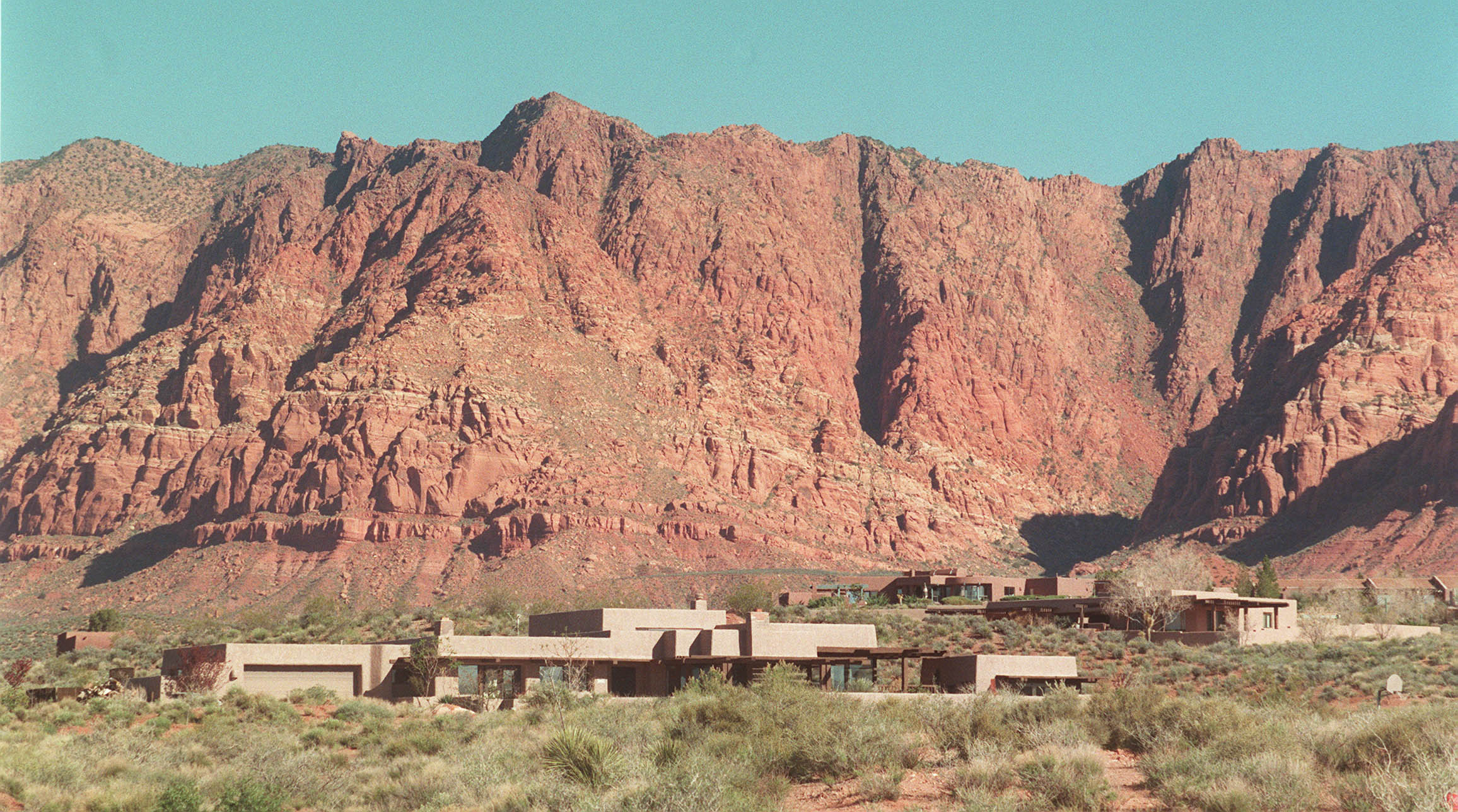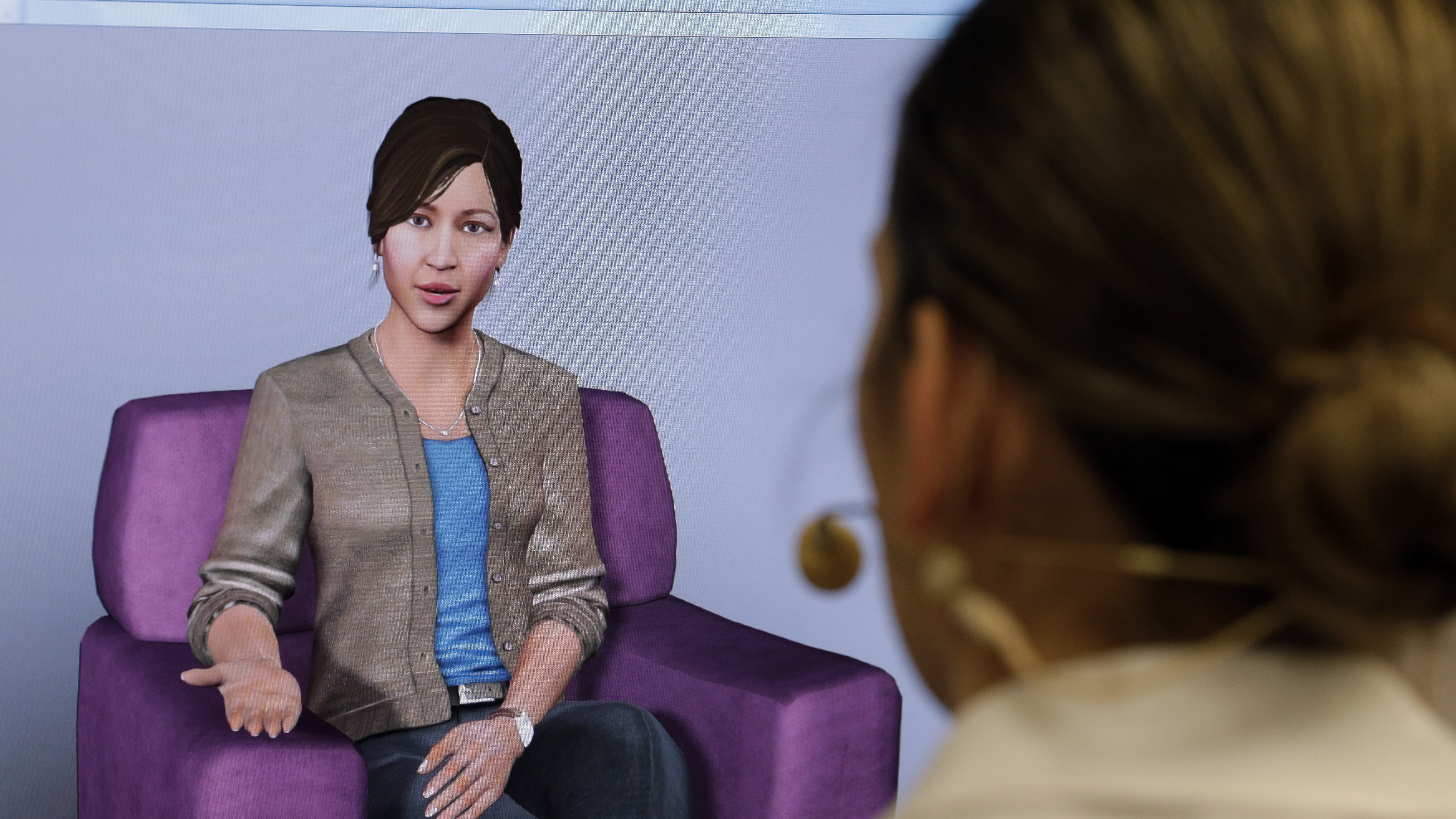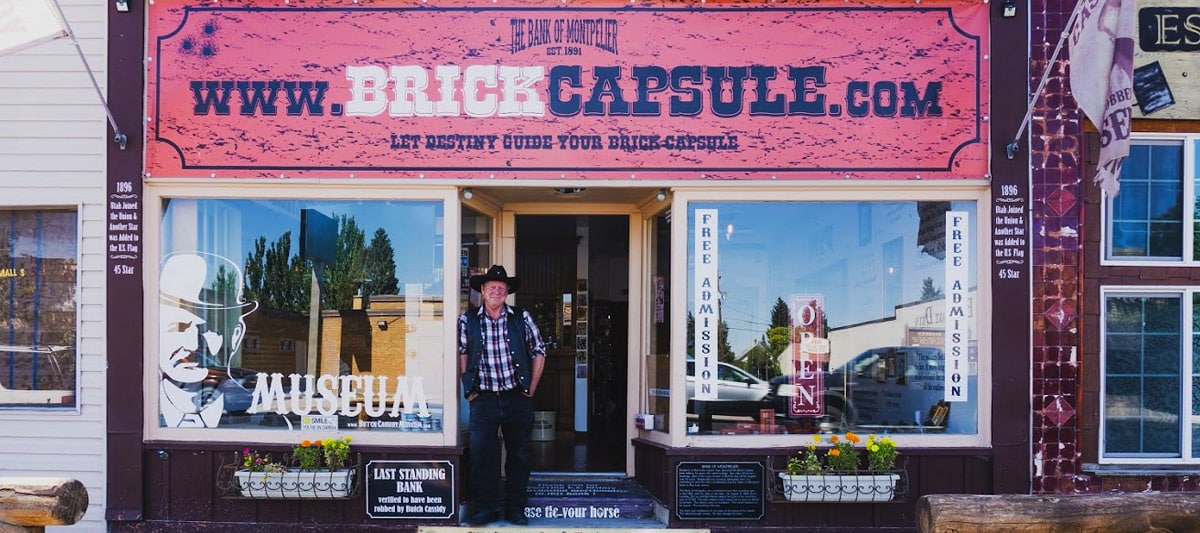Conference Conversations with Jeff Caplan: Tend to homelessness with love
Oct 5, 2019, 12:47 PM

Stock photo
SALT LAKE CITY, UT — It might seem odd that our discussion about homelessness in northern Utah begins with a bongo drum being pounded in Chennai, India, joined by a guitarist in Italy, and a drummer in Senegal, Africa. This beautiful song was recorded by musicians who played their instruments in nooks and crannies all the world over.
It’s a performance of what’s become an anthem for the homeless. The song is “Gimme Shelter.”
A video was created to raise awareness of homelessness by musicians who distributed their earnings across the globe. It’s been seen 100 million times on social media.
Homelessness is a worldwide problem. Homes were foreclosed while donations dried up. The number of people forced onto the streets swelled. Meanwhile, these musicians sang their hearts out.
Harris Simmons
The problem was growing in Pioneer Park, Rio Grande, Ogden, Seattle and Santa Monica with echoes and ripples everywhere. Hard times — 2011.
The message in the old song is that love is the answer. We’ve heard that message echoed from our state government. From the hundreds who donate their time to fight homelessness. From these musicians all over the globe. And even from our most respected corporate leaders right here in northern Utah.
“Frankly, they’re people like you and like me who have had some financial reversals that simply leave them on the street.”
I’m talking with Harris H. Simmons. He’s the board president of Shelter the Homeless in Salt Lake City and is deeply involved in the fight against homelessness. Harris Simmons is also the CEO of Zions Bank Corporation. He runs the largest locally-owned bank in Utah, and also reaches out to Utahns on the lowest rung of the social ladder. The irony of this is not lost on him.
“We feel as a company that a huge part of our mission is to try to make all of the communities we operate in better places for all of us to live,” said Simmons. “We talk about doing that for people on every step of the economic ladder, and it starts with those who have nothing.”
Harris Simmons has been involved in the fight against homelessness not just for years…but for decades.
“We formed Shelter the Homeless when the homeless shelter on Rio Grande Street was created back in the mid-80s,” Simmons said.
Talking with him, I slowly came to understand that you don’t end homelessness. You don’t fix homelessness. It’s a problem you tend to with love. Just like the song says.
Shanni
These children have no home. Their mother, Shanni, is homeless.
“Not all of us are lazy,” she said. “Some of us get put into the situation. Not all of us are druggies. I certainly am not. I am a very intelligent person. We are truly in a rough situation, and if it were my choice, we wouldn’t be panhandling.”
She was interviewed outside the City Creek mall by a guy who runs a website called Invisible People. He travels the country talking to the homeless. Shanni has three children and might not fit your stereotype. As you can hear, her kids are much like any other children.
“I’m doing the best I can. I’m taking care of three little girls by myself. I feel like we’re on a more positive road right now than we have been,” she said.
It’s hard to imagine raising children this way, but Shanni sees her situation as temporary. She’s actually optimistic. And that’s the thing. We talk about the homeless as if they’re a group of people. The Homeless. They’re not.
“It’s a complex population. There’s no one-size-fits-all description,” Harris said.
The homeless are a diverse group
There are so many different types of people, so many different types of problems out there.
Harris said the homeless include families, single men, veterans, those who have mental health issues or are living on the edge financially…and had an illness or some financial mishap that took them over the edge.
“It’s hard to characterize the homeless as being a homogeneous group,” he said. “It’s actually a very diverse group of individuals with different kinds of problems.”
“What a lot of people don’t know is that about 15% of the homeless population just self-resolve.”
This is Amy Russell. She is an associate director at Shelter the Homeless.
“They’ll come into a resource center for a few days or a couple of weeks maybe, and they’ll figure out another place to be,” she said.
At any given time 15% of the homeless are on the street….. and then they’re not. It’s an ever-changing population.
So who are these people who’ve fallen onto hard times?
I challenged Harris Simmons about the homeless. And especially the panhandlers you see at the off-ramps.
So first off, in your experience, are they just lazy?
“A lot of the people you’ll see on the street panhandling are not homeless at all,” he said. “We know that many of those individuals probably are lazy. At the end of the day, they are not going to the shelter, they’re actually going home.
“But there is a population that seriously needs our help,” Simmons said.
Another popular misconception: that they’re all from out-of-state. They were all bussed in here from California because supposedly in Salt Lake City the homeless get whatever they want. Is it true?
“You find this problem in every major city in the United States,” Simmons said. “I always like to say that if you were looking for a great place to be homeless, you’d go to San Diego.
“Most of these people have some tie, some connection here. Most of them have been here for some time before they became homeless,” he said.
But they ended up in Pioneer Park and in the Rio Grande area, which began to look like a Third World city with tents on the sidewalks.
Homeless children meandering in the street, and drug dealers on the prowl.
A simple walk through The Gateway would leave you dodging discarded drug needles in 2017…and then this moment.
Enter the state of Utah
Utah Lt. Gov. Spencer Cox at a news conference announcing Operation Rio Grande.
Call it tough love. $65 million dollars would be laid aside in a Herculean effort to catch the drug dealers, get help for the mentally ill, offer rehab to the addicted, and for those befallen by hard times….a helping hand to lift them up.
“What would have normally taken at least six to eight months to accomplish, to come up with this plan, has come together in just sixteen days,” Cox said.
This was a crisis. Utah finally had an answer, but not a solution to homelessness. Because homelessness is not a problem to solve. It’s a reality we have to tend to, caring for this ever-changing mass of people who’ve stumbled. Because when we don’t…
…we had our own graphic example of streets flooded with hungry children…businesses falter as they did downtown…
Some say throw them all in jail? Who’s gonna build the prison? Whose tax dollars? Simplistic answers were not going to fix this seismic problem.
Brother, can you spare a dime?
This song is musical proof that homelessness has been a problem for as long as singers have had voices.
This is the late George Michael in 1999. It’s about a man who lost his home.
“Brother Can You Spare a Dame?” has been sung by an almost endless list of famous singers over the decades.
As years go by, the song has continued to find an audience stretching all the way back to 1930, when it was first recorded by Bing Crosby.
The song was controversial. As we plunged into the Great Depression, some considered it anti-capitalist. There was an effort to have it banned from the radio.
But its message resonates anew with each passing generation: We have to tend to the needs of the homeless.
It’s a message that we’re learning all over again these past few years.
And in 2019, we sit at a crossroads in Utah’s relationship with its least fortunate.
Gail Miller
“This building screams dignity. It means those who are suffering can find a place to restore their dignity and reclaim their lives. And become part of society in a meaningful way,” said Gail Miller.
The second of three new Homeless Resource Centers in Salt Lake City is named after Gail Miller, owner of the Utah Jazz, who is a long-time supporter of homeless services.
She is Utah’s wealthiest resident and a member of the board of Shelter the Homeless.
Here’s another pillar of the community, recognizing that we’re only as strong as the weakest among us.
But what if you’re not a billionaire. How can you help?
The answer might lie inside the new Gail Miller Resource Center, where they stress this is not a homeless center. If that sounds politically correct, it’s not. This new facility was built by Shelter the Homeless in the ballpark area of Salt Lake City.
“These resources centers will be very different. We’re not going to warehouse them. They will have opportunities to grow and develop and build skills, to go back to where they came from and be happy, healthy people,” Miller said.
It’s a 200-bed facility where those in need will learn job-interview skills, have access to computers. You get a caseworker. There’s a health center, laundry, even a barbershop — unlike The Road Home, where people would drift in every night off the streets. This is a place where you stay during the day to get your life straightened out.
“To be homeless is to live in crisis all the time, but you cannot build a life on a world of crisis,” said Amy Russell of Shelter the Homeless.
“This is a center where we tried to take away that crisis. They know that they will have a bed here, that they have a place to put their things,” she said. “That is a big thing that people don’t understand. They have things that are meaningful to them.”
In theory, how long would a homeless person stay at the Gail Miller Resource Center?
“We’re trying to have a turnaround of 30 days,” Russell said.
How big is the homeless population here?
“I can tell you that at its peak in the winter, the population that finds shelter gets up to around 1,100,” said Simmons. “The actual population becomes a little tougher to define. A point in time calculation is several thousand, but there are a lot of people who don’t want to be in a resource center or shelter. We certainly can’t force them there.”
No, you can’t force people into a shelter. Some are so lost in drugs or mental illness that they reject walls and a roof, and it becomes a police matter.
But let’s remember homelessness is not a crime. Trespassing can be a crime. Illegal drugs are a crime, and mental illness requires hospitalization.
It’s our first responders who become the point of contact with these homeless people, the kind nobody wants in their neighborhood. That’s why Shelter the Homeless has been trying to reassure their neighbors that this new place is going to be different.
“Right before you came in, I probably had a half-hour conversation with a member of this community, trying to assure him that our goal is to be the very best neighbors we can,” said Russell.
The resource centers created by Shelter the Homeless are run by three organizations: Catholic Community Services, Volunteers of America and The Road Home.
You can make a difference by donating to any of these four organizations. They need volunteers to help in the centers. You can lend your expertise. And you can give love.
Arriving in Utah
The first time I set foot in Utah, I rented a car and drove to my friend’s photography studio in an old warehouse converted into an artist enclave near Rio Grande.
I was parked across the street from The Road Home shelter.
The first words my friend said to me when I pulled up: “Make sure to lock the car, that’s a homeless shelter over there. Shady characters.”
My first moments in Salt Lake City.
This radio broadcast is our attempt to make a difference in northern Utah. Now it’s your turn.
We’ve listed the charities that could use your help on the KSL Newsradio Facebook page or you can just text the word “shelter” to 57500 and we’ll get you all the information.













